
| Recorded by: Jim Petranka on 2025-07-24
Madison Co.
Comment: Specimen was dissected (female; FWL = 3 mm). | 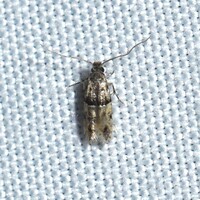
| Recorded by: Jeff Niznik, David George on 2024-07-25
Durham Co.
Comment: |
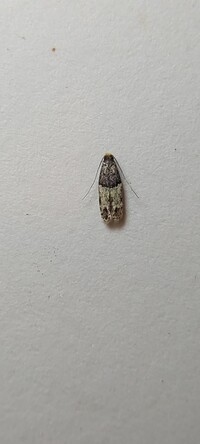
| Recorded by: Mark Basinger on 2024-06-18
Brunswick Co.
Comment: | 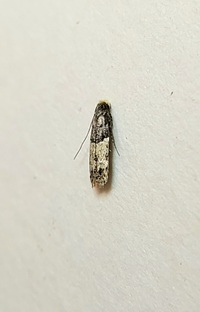
| Recorded by: Mark Basinger on 2024-06-18
Brunswick Co.
Comment: |
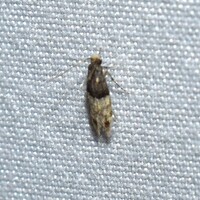
| Recorded by: David George, Jeff Niznik on 2024-06-01
Chatham Co.
Comment: | 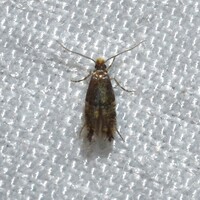
| Recorded by: David George, Stephen Dunn, Jeff Niznik on 2023-09-07
Chatham Co.
Comment: |
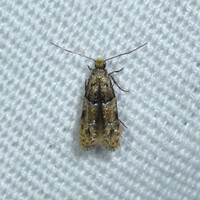
| Recorded by: David George, Stephen Dunn, Jeff Niznik on 2023-07-31
Swain Co.
Comment: | 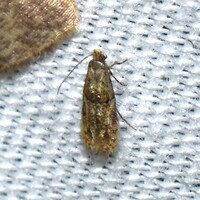
| Recorded by: David George, Stephen Dunn, Jeff Niznik, Rich Teper, Becky Watkins on 2023-07-30
Swain Co.
Comment: |
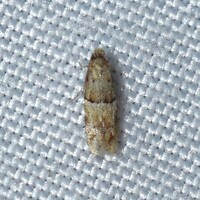
| Recorded by: Jeff Niznik on 2023-07-21
Orange Co.
Comment: | 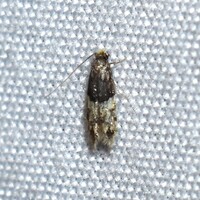
| Recorded by: Jeff Niznik on 2023-06-27
Durham Co.
Comment: |
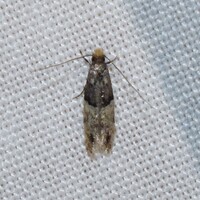
| Recorded by: David George, Stephen Dunn, Jeff Niznik on 2023-06-25
Orange Co.
Comment: | 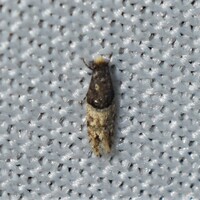
| Recorded by: David George, Jeff Niznik on 2023-06-06
Durham Co.
Comment: |
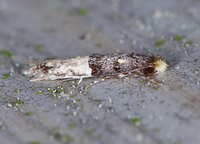
| Recorded by: Jim Petranka on 2022-07-14
Madison Co.
Comment: | 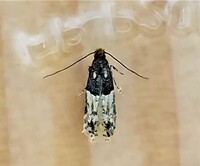
| Recorded by: Gary Maness on 2022-05-26
Guilford Co.
Comment: |
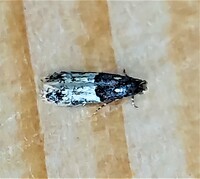
| Recorded by: Gary Maness on 2022-05-26
Guilford Co.
Comment: | 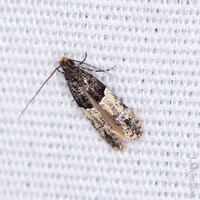
| Recorded by: David George, L. M. Carlson on 2022-05-17
Orange Co.
Comment: |
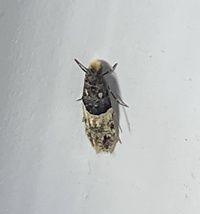
| Recorded by: David George on 2021-07-04
Durham Co.
Comment: | 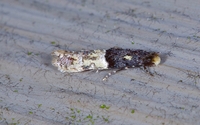
| Recorded by: Jim Petranka and Becky Elkin on 2020-07-22
Madison Co.
Comment: |
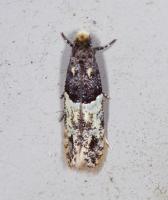
| Recorded by: Jim Petranka and Becky Elkin on 2020-07-09
Madison Co.
Comment: | 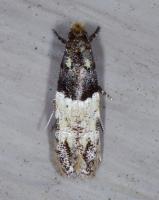
| Recorded by: jim Petranka and Becky Elkin on 2020-06-27
Madison Co.
Comment: |
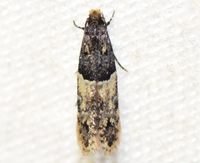
| Recorded by: Kyle Kittelberger on 2020-05-24
Wake Co.
Comment: | 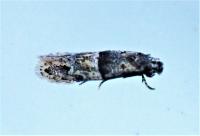
| Recorded by: Rob Van Epps on 2019-07-29
Mecklenburg Co.
Comment: |
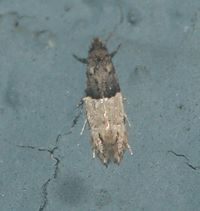
| Recorded by: Vin Stanton on 2019-07-11
Buncombe Co.
Comment: | 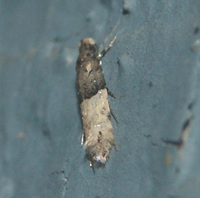
| Recorded by: Vin Stanton on 2019-07-11
Buncombe Co.
Comment: |
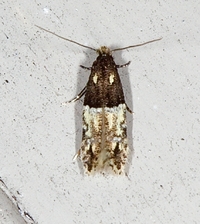
| Recorded by: Jim Petranka and Becky Elkin on 2019-07-08
Madison Co.
Comment: | 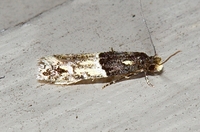
| Recorded by: Jim Petranka and Becky Elkin on 2019-07-08
Madison Co.
Comment: |
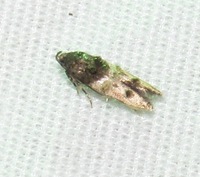
| Recorded by: B. Bockhahn on 2018-07-25
Orange Co.
Comment: | 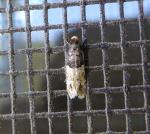
| Recorded by: F. Williams, S. Williams on 2014-06-01
Gates Co.
Comment: |
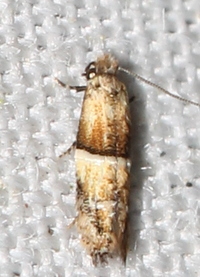
| Recorded by: Harry Wilson on 2013-07-07
Wake Co.
Comment: Worn specimen. | 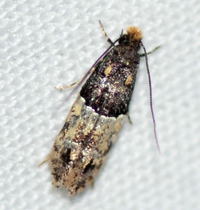
| Recorded by: Kyle Kittelberger on 2011-09-11
Wake Co.
Comment: |
|

 »
»



 »
»

